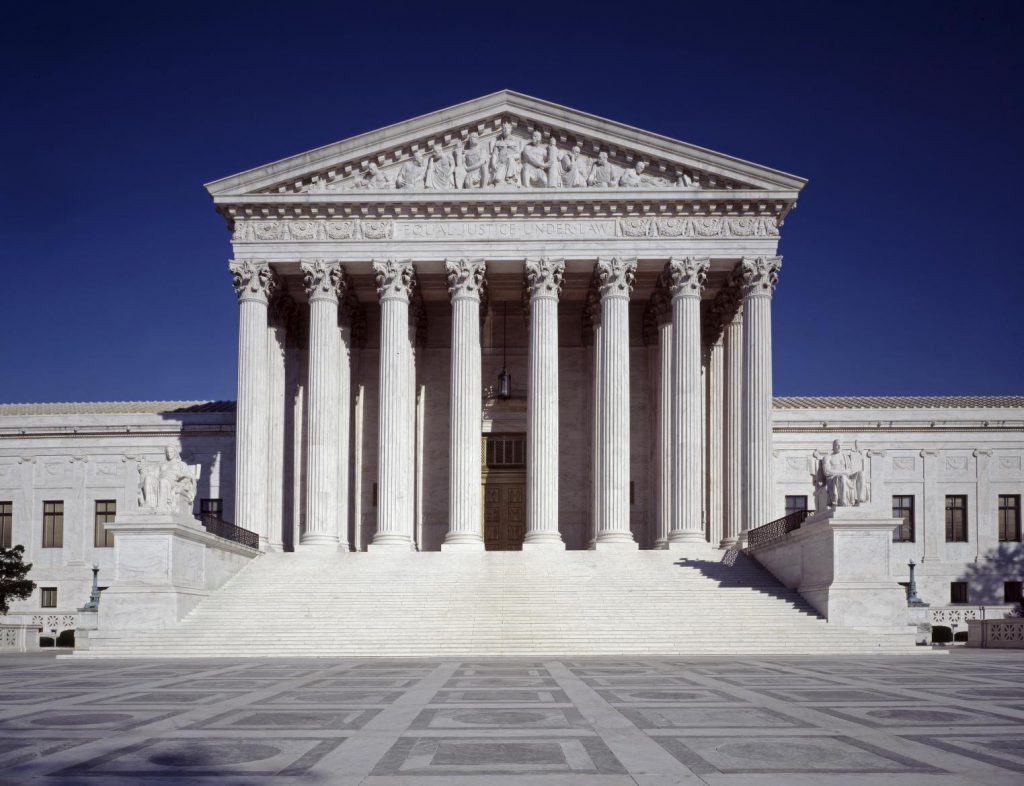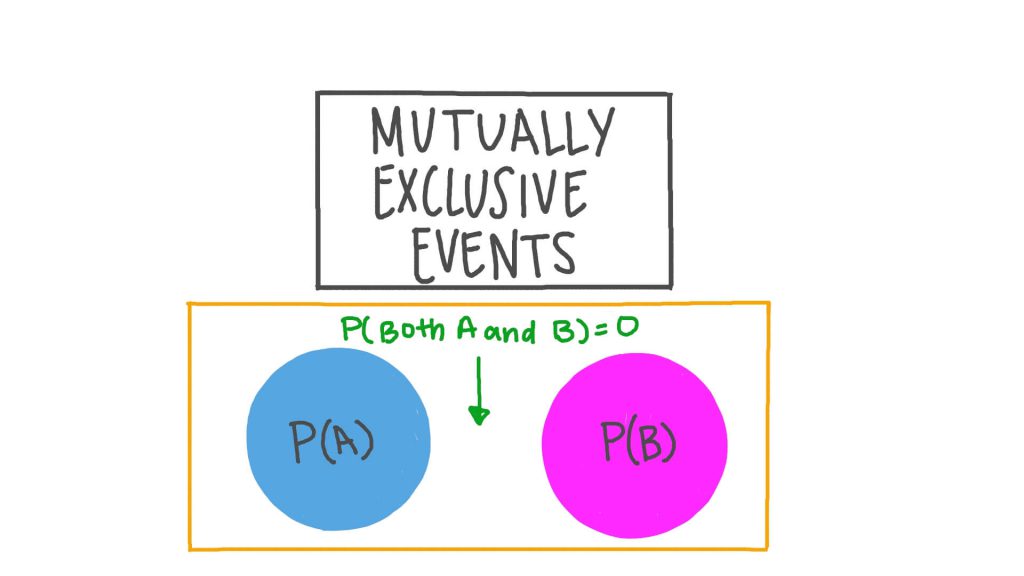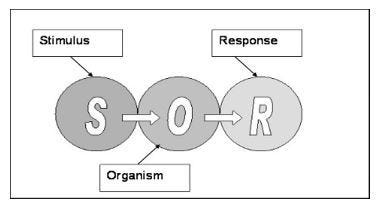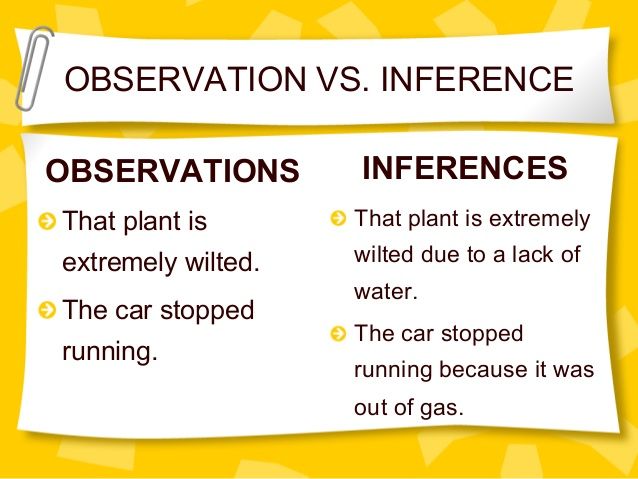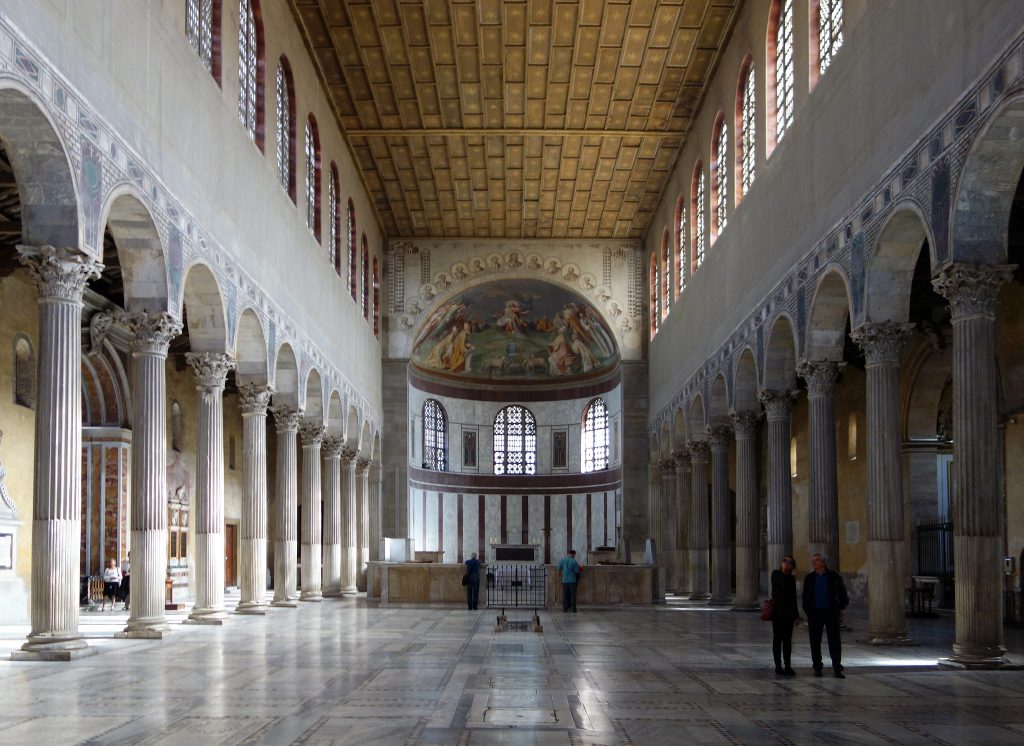
To what extent was the development of Christian art and architecture influenced by the art and architecture of classical Rome? How was it unique?
The development of Christian art and architecture was heavily influenced by the art and architecture of classical Rome. The early Christians in Rome were surrounded by the grandeur and magnificence of Roman architecture, such as the Colosseum and the Pantheon. They saw the potential of using these architectural styles and techniques to create spaces that would be conducive to their religious practices and beliefs. As a result, many early Christian churches were built in a similar style to Roman basilicas, with a rectangular plan, an apse at one end, and a nave flanked by aisles. The use of columns and arches, which were characteristic of Roman architecture, also became prominent features in early Christian buildings (Farber, n.d.).
(more…)

